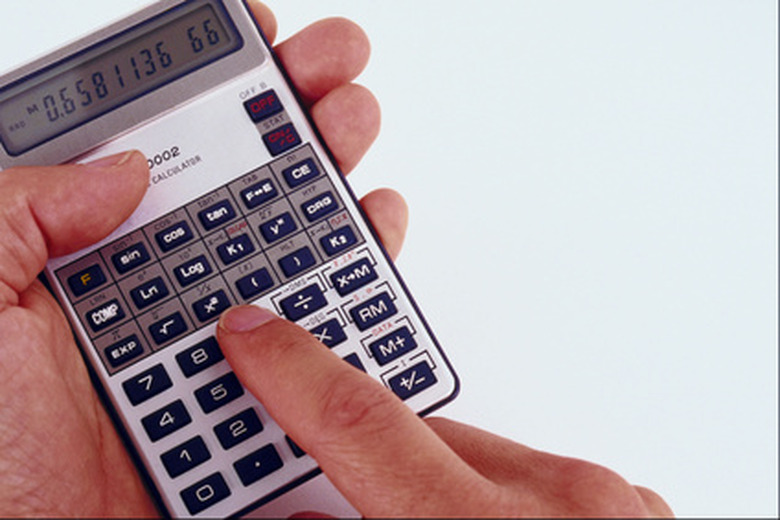Physical Address
Suite 5, 181 High Street,
Willoughby North NSW 2068
Physical Address
Suite 5, 181 High Street,
Willoughby North NSW 2068

Midrange determines the number that is halfway between the minimum and maximum numbers of a data set. It is a statistical tool that identifies a measure of center like median, mean or mode.
Midrange is a simple statistical tool requiring minimal calculations.
Organize the data in ascending or descending order. This will reduce the chances of choosing the incorrect numbers for the midrange formula.
Locate the minimum and maximum numbers in the data set. If Step 1 was followed, these will be the numbers at the beginning and end of the data set list.
Example: Consider the data set 110, 150, 180, 220, 270, 290, 310 and 390 as the prices of speakers. The minimum number is 110, and the maximum is 390.
M = (max + min) / 2
• M =midrange• Max= maximum value in data set• Min= minimum value in data set
For the data set above: (390 + 110) / 2 = 500 / 2 = 250
The midrange of the example data set is 250, or $250 as the midrange for the speakers. Note that the number 250 does not appear in the data set itself. The calculation is an average and may or may not calculate to a number in the data set.
Midrange is useful for finding a quick average or midpoint of certain data sets, though the formula for mean is more often used for efficiency and robustness.
Note that in the presence of outliers, or data points that differ significantly from the other points in a data set, the midrange would alter significantly. While outliers can cause difficulties in any statistical analysis, it is particularly damaging for the midrange that depends only on the maximum and minimum values in its calculation.
For example, if the above data set also included speakers that cost $840, the midrange would be: (840 + 110) / 2 = 950 / 2 = 475, or $475. Note that the calculated “average” that includes a significantly higher value than the other speaker prices is even above all the other values in the data set.
Range is the spread of data. For example, for the data set in the example, the range is maximum minus the minimum, (390 − 110) = 280, which is $280. Midrange is the mean of two numbers in the data set.
Interquartile range, often found in box plots of data sets, is the middle 50 percent of values in an ordered (ascending order, lowest to highest) data set. The midrange, however, is the mean, or average, of the minimum and maximum data points.
Measures of center help to analyze numerical data. In the example above, it helps decipher whether a particular set of speakers is above or below the average price of $250. Many electronic items, including televisions, appliances and high-priced items like automobiles are often classified as midrange, and this denotes they are within the middle price bracket.
When the mean temperature for the day is given, it usually denotes the midrange — or the added highest and lowest temperatures of a particular day divided by two.
When discussing sound, midrange frequencies are sound waves that fall between 500 Hertz and 2,000 Hertz. Speakers that reproduce sound within this region are called midrange, a denotation different from cost analysis.